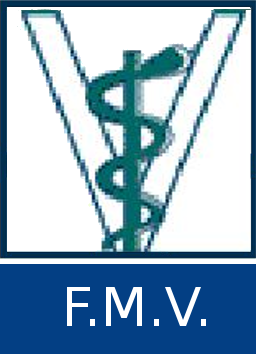Greffe de peau chez le cheval : comparaison et application des différentes techniques
Delrez, Robin 
Promotor(s) :
Salciccia, Alexandra 
Date of defense : 21-Jun-2021 • Permalink : http://hdl.handle.net/2268.2/12267
Details
| Title : | Greffe de peau chez le cheval : comparaison et application des différentes techniques |
| Translated title : | [en] Skin grafting in horses: comparison and application of different techniques |
| Author : | Delrez, Robin 
|
| Date of defense : | 21-Jun-2021 |
| Advisor(s) : | Salciccia, Alexandra 
|
| Committee's member(s) : | Fraipont, Audrey 
Sandersen, Charlotte 
Serteyn, Didier 
|
| Language : | French |
| Discipline(s) : | Life sciences > Veterinary medicine & animal health |
| Institution(s) : | Université de Liège, Liège, Belgique |
| Degree: | Master en médecine vétérinaire |
| Faculty: | Master thesis of the Faculté de Médecine Vétérinaire |
Abstract
[fr] Face à une plaie étendue ou toute plaie ouverte qui ne peut être suturée, la greffe de peau est la technique indispensable en chirurgie équine. Par ailleurs, cette pratique reste redoutée de par son mode opératoire et les complications possibles. La greffe de peau ne doit pas être considérée comme une option de dernier recours, car certaines variations nécessitent peu d'expérience et seulement un équipement chirurgical de base. Les avantages majeurs de la greffe cutanée est qu’elle permet (i) l’accélération du processus cicatriciel par l'augmentation de la surface épithélialisée, (ii) l’apport de facteurs de croissance et (iii) la diminution de l'inflammation locale. Elle sera donc probablement plus esthétique et plus résistante qu'une plaie cicatrisée. Différentes méthodes peuvent être employées, et leur choix dépend du type de plaie, de sa localisation et des moyens matériels disponibles. Ce travail compare les différentes techniques actuelles de greffe de peau en médecine équine, leur indication et contre-indication, ainsi que leur mode opératoire.
[en] In the case of an extensive wound or any open wound that cannot be sutured, skin grafting is the indispensable technique in equine surgery. On the other hand, this practice remains dreaded because of its operating mode and the possible complications. Skin grafting should not be considered as an option of last resort, as some variations require little experience and only basic surgical equipment. The major advantages of skin grafting are that it allows (i) the acceleration of the healing process by increasing the epithelialized surface, (ii) the contribution of growth factors and (iii) the reduction of local inflammation. It is therefore likely to be more aesthetically pleasing and more resistant than a healed wound. Different methods can be used, and their choice depends on the type of wound, its location and the material resources available. This paper compares the different current techniques of skin grafting in equine medicine, their indications and contraindications, as well as their operating procedures.
File(s)
Document(s)

 DELREZ_Robin_TFE_FMV_juin2021_provisoire.pdf
DELREZ_Robin_TFE_FMV_juin2021_provisoire.pdf
Description: DELREZ_Robin_TFE_FMV_juin2021_provisoire
Size: 153.08 kB
Format: Adobe PDF

 DELREZ_Robin_TFE_FMV_juin_2021_définitif.pdf
DELREZ_Robin_TFE_FMV_juin_2021_définitif.pdf
Description:
Size: 4.28 MB
Format: Adobe PDF
Cite this master thesis
The University of Liège does not guarantee the scientific quality of these students' works or the accuracy of all the information they contain.


 Master Thesis Online
Master Thesis Online




